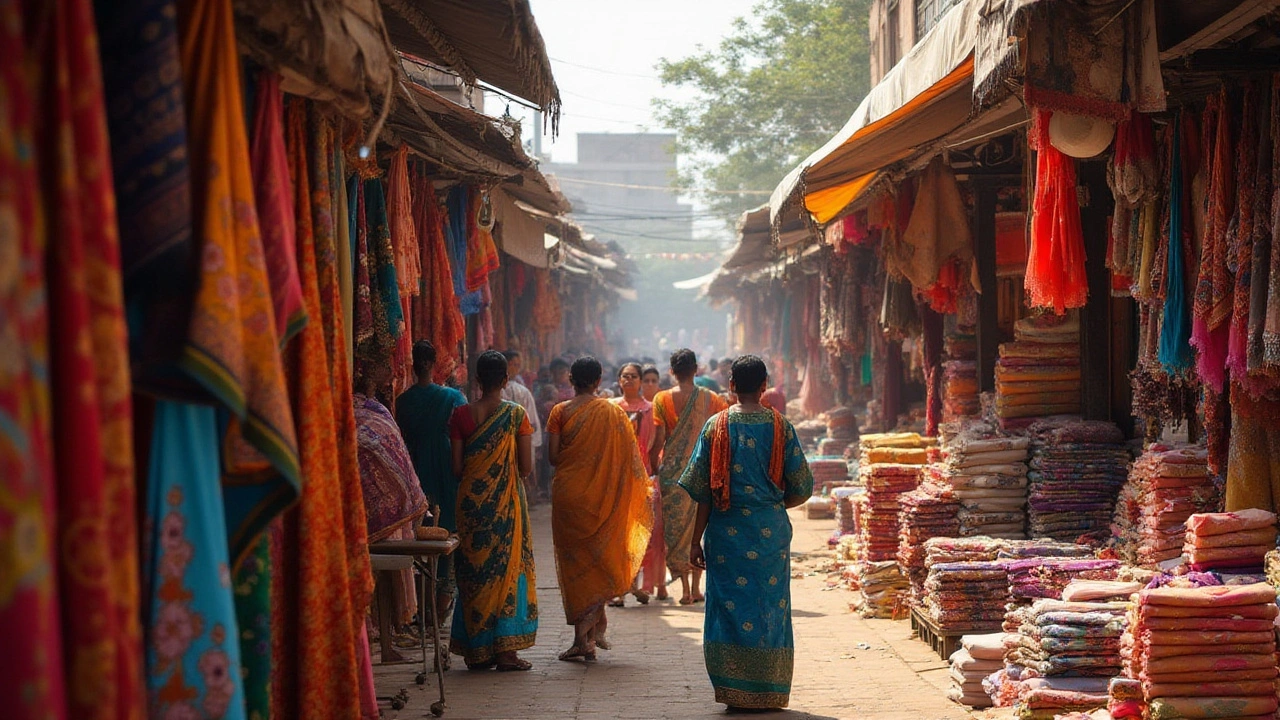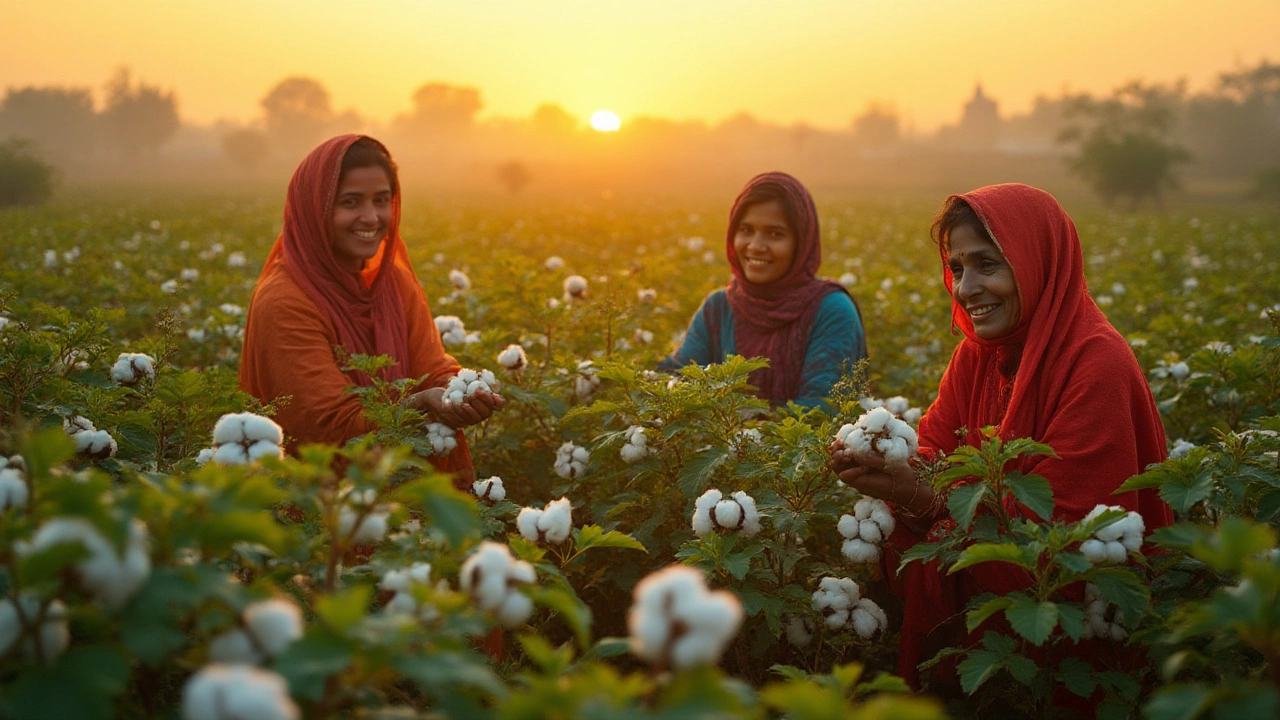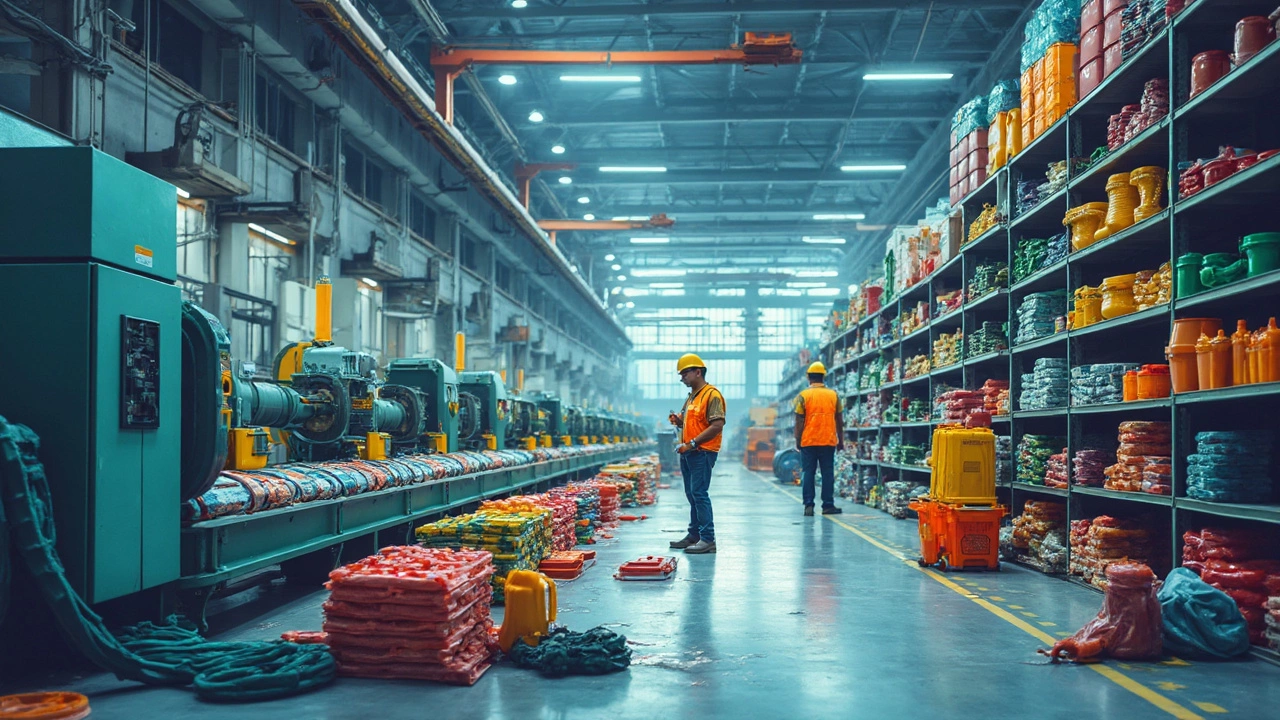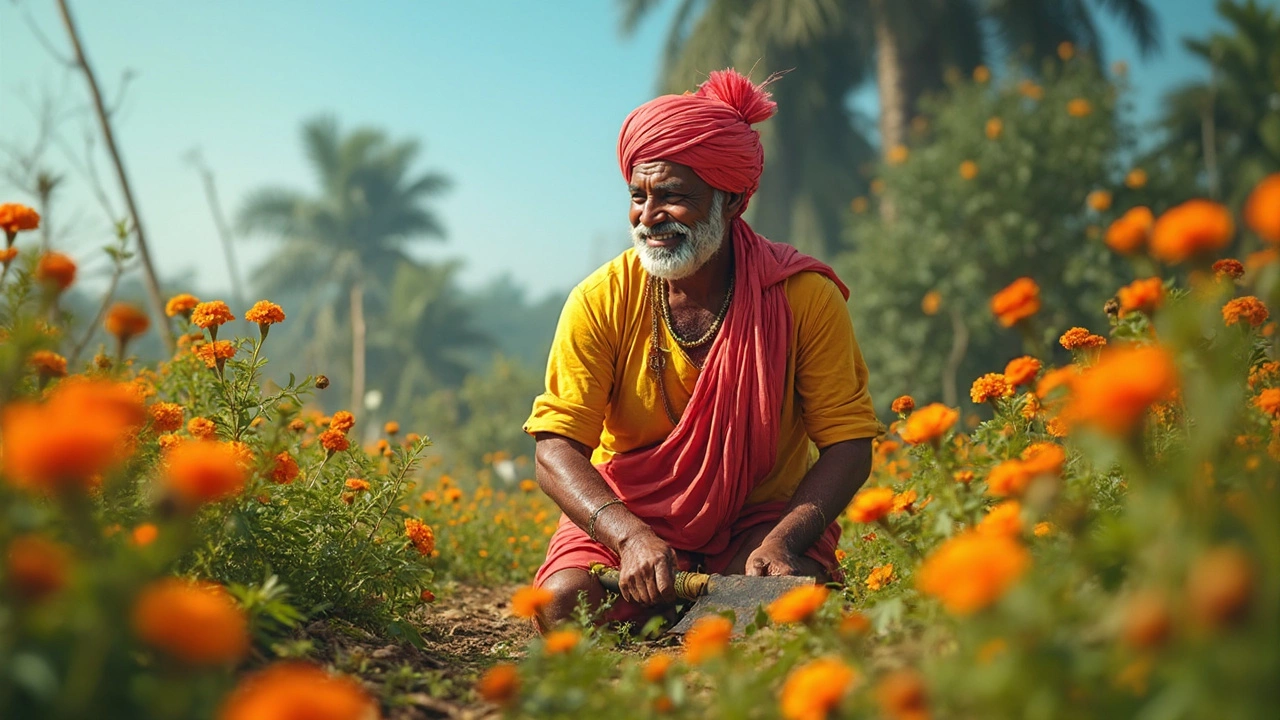Indian Textile Growth
When talking about Indian textile growth, the rapid expansion of India's fabric and apparel sector, powered by both traditional hand‑loom skills and modern factories. Also known as textile sector expansion, it reflects a blend of economic ambition and cultural pride that shapes jobs, exports, and everyday wardrobes across the sub‑continent.
Key Drivers of Indian Textile Growth
Cotton, India's flagship fiber crop, accounts for over 30% of global cotton output and supplies the raw material for most Indian garments. Also called the white gold of textiles, cotton fuels Indian textile growth by providing a reliable, locally sourced feedstock that keeps production costs competitive.
Fabric manufacturing, the process of turning raw fiber into woven, knitted or blended cloth through mills, tech‑enabled looms and finishing units. Also known as textile production, it requires modern machinery, skilled labor and efficient supply chains. Fabric manufacturing enables the sector to meet domestic demand and export ambitions, directly linking to the broader theme of Indian textile growth.
Textile heritage, the centuries‑old hand‑loom traditions, regional motifs and community‑run cooperatives that give Indian fabrics their unique identity. Also referred to as handloom legacy, this heritage enriches Indian textile growth by preserving design diversity, attracting niche markets and supporting rural employment.
Sustainable manufacturing, eco‑friendly practices such as water‑recycling, low‑energy dyes and renewable‑energy powered mills that reduce environmental impact. Also called green textile production, it influences Indian textile growth by improving brand credibility, meeting global compliance standards and cutting long‑term costs.
Putting these pieces together creates a clear network of relationships: Indian textile growth encompasses cotton production; cotton drives fabric manufacturing; fabric manufacturing requires sustainable manufacturing methods; and textile heritage enriches the sector’s design portfolio. In other words, the sector’s success hinges on a loop where raw material, tech‑enabled processing, cultural value and green practices all feed each other.
The articles below dive deeper into each of these angles. You'll find a state‑wise look at fabric fame, a breakdown of cotton’s role in the global market, an analysis of the richest textile companies, and practical tips on how sustainable practices are reshaping factories today. Together they paint a full picture of why Indian textile growth matters now and how it will keep evolving.
Ready to explore specific case studies, market data and actionable insights? Scroll down to see the curated collection of posts that unpack the trends, challenges, and opportunities shaping India's textile future.
Is India Set for a Textile Industry Revival?
The textile industry in India has long been a significant player in the global market, with its deep-rooted history and vast diversity in fabric production. In recent times, India has been poised for a resurgence in the textile sector, thanks to advancements in technology, favorable government policies, and a growing emphasis on sustainable practices. The industry is seeing a push towards modernization and increased global collaborations, creating fresh opportunities and challenges. This analysis explores the factors driving the potential boom in India’s textile sector and its implications for manufacturers and the global market.
- manufacturing
- India
- food processing
- garden tips
- rice cultivation
- government schemes
- balcony garden
- urban gardening
- balcony gardening
- profitable business
- business ideas
- plastic manufacturing
- drip irrigation
- plant care
- steel manufacturing
- sustainable gardening
- startup ideas
- steel industry
- flower gardening
- textile manufacturers






